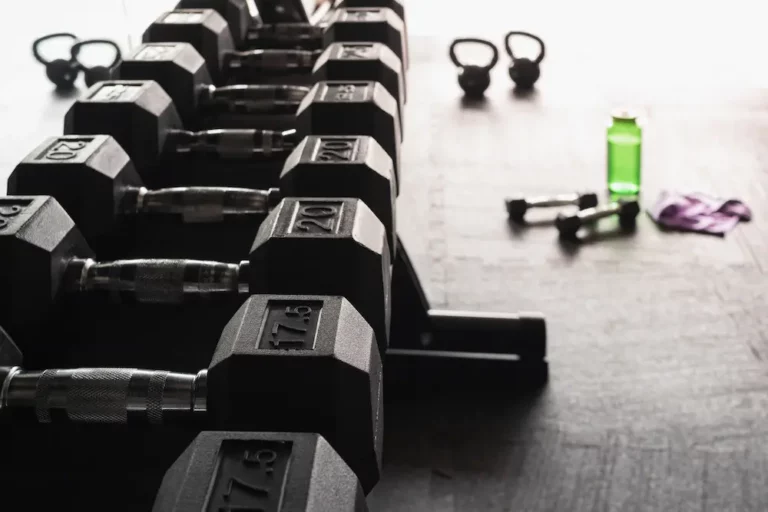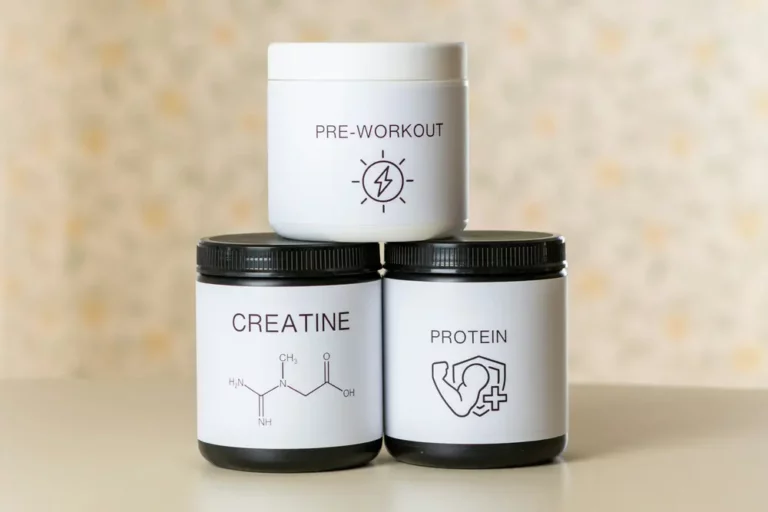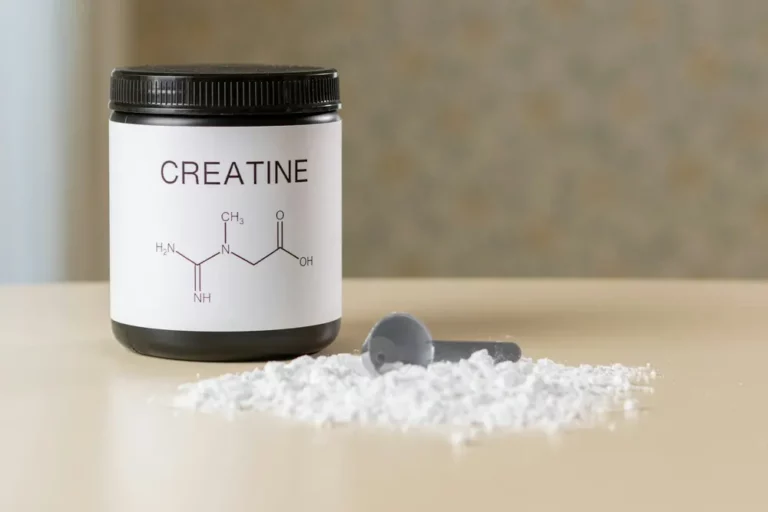Naturally Flush Out Excess Vitamin D: Your Complete Guide
I’ve always been a big advocate for getting enough vitamins and minerals in my diet, especially vitamin D. It’s crucial for bone health, immune function, and overall well-being. But what happens when you have too much of a good thing? Excess vitamin D can lead to a range of health issues, and I’ve found myself wondering how to tackle this problem naturally.
The idea of flushing excess vitamin D out of my system without resorting to medical interventions intrigued me. I’ve done some digging and discovered that it’s not only possible but there are several natural ways to do it. So, if you’re in the same boat, worrying about the effects of too much vitamin D, stick around. I’m about to share some insights that could help you balance your levels naturally and safely.
Understanding Vitamin D Excess
When I first learned about vitamin D and its importance, I thought it was all about getting enough sun and perhaps taking a supplement during the winter months. What I didn’t realize until later was that there’s such a thing as too much vitamin D. Identifying the symptoms of vitamin D excess is crucial because it’s not always obvious that the vitamin D in your system is the culprit. Symptoms of vitamin D toxicity include a decrease in appetite, nausea and vomiting, constipation, and dehydration. These can escalate to more severe signs like increased thirst, frequent urination, confusion, muscle weakness, and difficulty in walking. When I came across this information, it struck me how important it is to maintain a balance because these symptoms can hugely impact someone’s quality of life.
Risks Associated with High Levels of Vitamin D
Diving deeper into the topic, I learned that beyond the immediate symptoms; there are more severe risks associated with high levels of vitamin D. These risks include hypercalcemia, a condition where calcium levels in the blood become too high, leading to nausea, constipation, lightheadedness, and even confusion. If not addressed, this could progress to more grave issues like kidney stones, kidney damage, or cardiovascular problems. It was startling to find out that in extreme cases, vitamin D toxicity could lead to serious outcomes such as rapid heartbeat, restlessness, and chest pains, and in some instances, it can even mimic feelings associated with anxiety. Knowing this, it became clear to me that while vitamin D is essential, there’s a thin line between the right amount and too much, emphasizing the need for a balanced approach to vitamin D intake.
Natural Ways to Reduce Vitamin D Levels
When I’ve found myself facing the dilemma of having too much vitamin D in my system, I’ve discovered that taking a natural approach to balance out my levels can be both effective and safe. Let me share some methods that have worked for me and could potentially help you, too.
Adjusting Your Diet
One of the first steps I took was to look at my diet. Since certain foods are high in vitamin D, I realized I needed to adjust my intake. Foods like fatty fish, egg yolks, and fortified products were on my radar. Decreasing my consumption of these foods was my initial move. Instead, I focused on increasing my intake of plant-based foods that aren’t fortified with vitamin D. Interestingly, drinking more fluids, especially water, seemed to help my body rebalance. Hydration apparently plays a key role in processing and eliminating excess nutrients, including vitamin D.
Sun Exposure Management
As we all know, our body naturally produces vitamin D when exposed to the sun. So, it made sense for me to moderate my time outdoors, especially during peak sunlight hours. I started scheduling my outdoor activities either early in the morning or later in the afternoon to reduce direct sun exposure. Wearing protective clothing and applying sunscreen when I had to be out in the sun during peak hours helped manage my body’s vitamin D synthesis. Mindful sun exposure became a part of my daily routine.
Lifestyle Modifications
Lastly, I found that certain lifestyle changes could influence my vitamin D levels. Increasing physical activity was beneficial, as it not only supported my overall health but also seemed to assist in regulating my vitamin D levels. I incorporated more exercise into my routine, focusing on outdoor activities during safe sun exposure times. Additionally, monitoring my vitamin D supplement intake became crucial. If you’re like me and take supplements, reassessing the necessity and dosage with a healthcare provider is a wise step.
Incorporating these natural methods into my lifestyle not only helped reduce my vitamin D levels but also promoted a healthier, more balanced approach to living. Remember, it’s important to consult with a healthcare professional before making significant changes, especially if you’re dealing with symptoms or conditions related to vitamin D levels.
Medical Interventions for Vitamin D Excess
When it comes to managing vitamin D levels, there’s a fine line between what’s beneficial and what could potentially lead to complications. Sometimes, despite our best efforts to regulate these levels through natural means, we might find ourselves in a scenario where medical intervention is necessary. It’s crucial to understand when it’s time to seek professional advice and explore potential treatments.
When to Seek Medical Advice
I always believe in listening to my body and understanding the signs it sends me. If you’re experiencing symptoms that might indicate too much vitamin D, such as persistent nausea, weakness, or even more serious signs like kidney problems, it’s a clear signal to get in touch with a healthcare provider. It’s particularly important if you’ve been taking vitamin D supplements above the recommended dosages for an extended period. Erring on the side of caution is key here. A healthcare provider can evaluate your symptoms and order tests, such as a 25-hydroxy vitamin D blood test, to accurately determine your vitamin D status.
Potential Medical Treatments
If it turns out that my vitamin D levels are indeed too high, healthcare professionals have a variety of treatment options at their disposal. One common approach is to simply reduce or eliminate vitamin D supplementation and limit dietary intake of foods rich in vitamin D. In more severe cases, where vitamin D intoxication has led to hypercalcemia or high blood calcium levels, treatment may involve hydration therapy to help flush out the excess calcium from the blood, or medication to manage the symptoms. In very rare instances, dialysis may be needed if the kidneys are unable to cope with the excess calcium.
It’s reassuring to know that such medical interventions are available, though I always hope to manage my vitamin D levels through mindful supplementation and diet. Keeping informed and staying proactive about our health is our best defense.
Preventing Future Vitamin D Excess
Once we’ve managed to flush excess vitamin D from our systems, it’s crucial to prevent a repeat scenario. I’ve learned, sometimes the hard way, that moderation and awareness are key to maintaining healthy vitamin D levels. Here’s how I keep things in balance.
Monitoring Vitamin D Intake
First and foremost, I keep a close eye on my vitamin D intake. This means being mindful of both the dietary sources and supplements I consume. I’ve found that food sources like fatty fish, egg yolks, and fortified foods contribute to my daily intake without pushing me into the danger zone. However, when it comes to supplements, it’s a whole different story.
I’ve learned to check the labels meticulously. A lot of multivitamins contain vitamin D, and when combined with stand-alone vitamin D supplements, it’s easy to overshoot the recommended daily allowance. The National Academies of Sciences, Engineering, and Medicine set the upper intake level at 4,000 IU for adults, but I aim to stay well below this limit unless otherwise advised by a healthcare professional.
Understanding Vitamin D Absorption
Understanding how my body absorbs vitamin D has been a game-changer. Vitamin D absorption isn’t just about the quantity consumed; several factors influence how much of this nutrient makes it into my bloodstream. For instance, dietary fat enhances vitamin D absorption, so when I take supplements, I make sure to have them with a meal that includes healthy fats.
Moreover, my body’s ability to synthesize vitamin D from sunlight exposure means I need to account for those sunny days spent outdoors. It’s a delicate balance, ensuring I get enough sunlight for vitamin D synthesis without risking skin damage from ultraviolet rays.
Additionally, I’ve learned that certain health conditions and medications can affect vitamin D metabolism. For example, obesity, kidney, and liver diseases can impair the conversion of vitamin D into its active form. Aware of this, I discuss my vitamin D needs with my healthcare provider, especially when considering supplement use.
Conclusion
I’ve walked you through the nitty-gritty of flushing excess vitamin D from your system and how to sidestep this issue in the future. It’s clear that a balanced approach is key. Paying close attention to your body’s cues and being mindful of your vitamin D sources can make all the difference. Remember, it’s not just about dodging the excess but fostering a lifestyle that supports your health holistically. So let’s embrace these strategies and move towards a healthier, more balanced you. Here’s to maintaining just the right glow of wellness!
Frequently Asked Questions
How long does vitamin D3 5000 IU stay in your system?
Vitamin D has a half-life of about two to three weeks, meaning half of it is eliminated from the body in that time. However, it may take several months for it to be completely eliminated.
How can I recover my vitamin D fast?
Incorporating fatty fish such as salmon, herring, mackerel, tuna, trout, and sardines into your diet is a quick way to boost vitamin D levels. Shellfish like oysters and prawns also offer high amounts of vitamin D.
Can vitamin D toxicity be reversed?
Yes, most cases of vitamin D toxicity can be reversed without serious complications. Severe cases may require hemodialysis due to acute renal failure, but permanent renal damage from vitamin D toxicity is rare.
Can I take 2000 IU of vitamin D3 everyday?
Yes, adults can safely take 800–2000 IU of vitamin D3 daily. The recommended dose varies with age, with neonates and infants requiring 400–600 IU/day, children and adolescents needing 600–1000 IU/day, and adults requiring 800–2000 IU/day.
What are the symptoms of too much vitamin D in your body?
The early symptoms of vitamin D toxicity include loss of appetite, nausea, and vomiting. This can be followed by weakness, nervousness, and high blood pressure. Excess calcium levels can also lead to calcium deposits throughout the body, affecting the kidneys, blood vessels, lungs, and heart.







